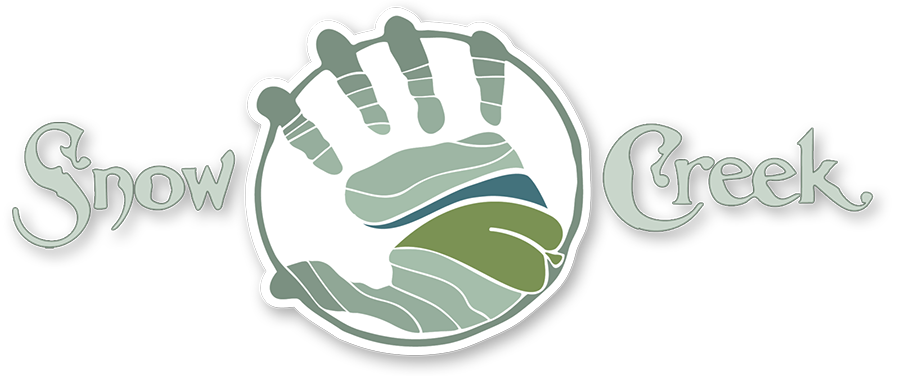Invasive Species of the Day: Chinese Silvergrass
Chinese silvergrass (Miscanthus sinensis) is native to Asia and was introduced into the United States for ornamental purposes during the late 1800s. It is a tall, densely-bunched grass that invades roadsides, forest edges, old fields, and other disturbed areas throughout the United States. Chinese silvergrass escapes from ornamental plantings and can form large clumps along disturbed areas, displacing native vegetation. The grass is also extremely flammable and increases fire risks of invaded areas.
Plant. Tall, densely bunched, perennial grass, 5 to 10 feet (1.5 to 3 m) in height. Long-slender upright-to-arching leaves with whitish upper midveins. Many loosely plumed panicles in late summer turning silvery to pinkish in fall. Dried grass standing with some seed heads during winter, but seed viability spotty.
Stem. Upright-to-arching, originating in tufts from base and unbranched. Covered with overlapping leaf sheaths until stem appears with flower plume in late summer.
Leaves. Alternate, long linear, upright-to-arching (persisting and curly tipped when dried) to 40 inches (1 m) long and less than 0.8 inch (2 cm) wide. Blades green to variegated (light green striped) with whitish collars. Midvein white above and green ridged beneath. Tufted hairs at throat, sheath margins, and ligule, but otherwise hairless. Margins rough.
Flowers. August to November. Much branched and drooping terminal plumed panicles, 4 to 15 inches (10 to 38 cm) long and 2 to 8 inches (5 to 20 cm) wide. Silvery to pinkish, showiest in fall. Stalk appressed rough hairy.
Seeds. September to January. Grain hidden, husks membranous, yellowish brown to slightly reddish, sparsely hairy, with twisted tip.
Ecology. Forms extensive infestations by escaping from older ornamental plantings to roadsides, forest margins, and adjacent disturbed sites, especially after burning. Shade tolerant. Highly flammable and a fire hazard.
History and use. Introduced from eastern Asia. Still widely sold and increasingly planted as an ornamental. Several varieties imported and sold. New cultivars assumed to be mostly sterile.
Source: http://www.invasive.org/weedus/subject.html?sub=3052#pubs
http://www.invasive.org/eastern/srs/CS.html


